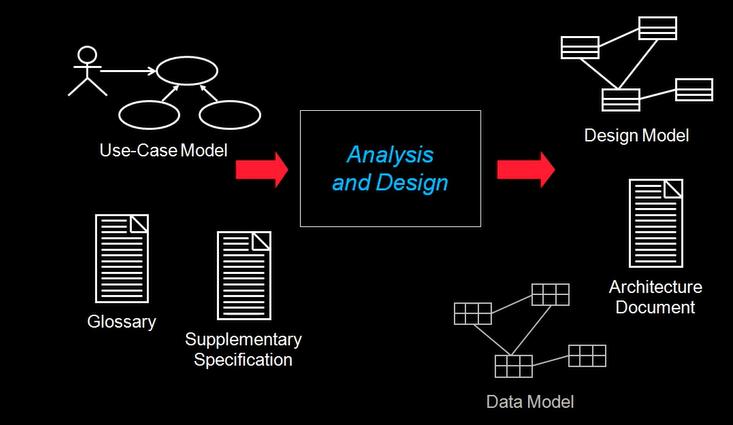Design vs. Analysis - What's the difference? The purpose of this article is to help you decide what you need for your next project. Specifically, we will focus on Design Analysis vs. Analysis. After reading this article, you should be able to determine what needs to be done for your next project!
Design Analysis. A brief overview of how you might go about designing the next new piece of equipment. (3-5 marks) Design Analysis covers all the steps from product concept to conceptual design, implementation, testing, and final evaluation. When planning your budget, you must take into consideration the time that it will take to conduct design analysis. You may need to revise your budget to accommodate for this cost.
Analysis Phase. A closer inspection of design characteristics, functionality, viability, and other factors determines the suitability and feasibility of the proposed design. Once the analysis phase is complete, you can begin to determine how best to incorporate your requirements into the design. Design documentation is used during the analysis phase to document project details and progress.
Analysis Results and Supplemental Design Requirements (ASCRs). Once all of the data and information associated with the design are analyzed and considered, it is time to create suitable design specifications. This is where design documentation comes into play. Consultation with your software engineer or other project members is imperative. The analysis phase is not the only part of the design cycle; additional testing, tuning, and bug-fixing follow.
Design Requirements. Software requirements form the initial foundation of any new program. In most cases, the requirement is expressed as a list of features or options that the software must have. In some cases, the actual implementation of the program is required first. During the design phase, it would be inappropriate to specify features that will not be implemented in the final product.

Analysis of Design Checks. This is an important part of designing any system. Software testing and quality assurance must occur before software design is complete. Software requirements must be verified throughout the entire design cycle in order to ensure that all necessary features and functionality have been derived from the requirements. As software is designed and built, design verification will become an important part of quality assurance.
Integration of Design Checks and Testing. During the analysis phase, the requirements will often dictate the kinds of tests that will be performed during the design development process. These tests can range from simple test suites to complex and specialized tests to check the interactions of different components, functionality, and structuring. To make the most of the analysis and design process, integration of these different kinds of tests should be seamless and perform as many functions as possible to confirm design compatibility.
Analysis vs. Design. The difference between analysis and design can be understood by recognizing that design verification is primarily concerned with ensuring that the software will meet requirements. Analysis on the other hand is primarily concerned with identifying the requirements and testing how the desired result fits into the software's implementation. Analyzing designs is a more abstract approach to software design than verification because it generally deals with the identification and fixing of bugs and defects rather than implementing a particular design.
Technical Debt Consolidation. Similar to the analysis phase, this is primarily concerned with reducing the technical debt of a project through a coordinated effort. There are many ways to reduce a software's technical debt and analysis is only one of them. Often, designers are given an overview of the design's problems and how they can be solved, though the specifics will vary depending on the needs of the system.
Technical Change Management. The difference between analysis and design can also be understood by recognizing that both are concerned with the transformation of design requirements into software implementation. Software change management (SCM) involves coordinated efforts of programmers, testers, and system architects to make certain that any design change will meet the requirements of the actual software release. SCM requires that any design change is reviewed, approved, and executed in a systematic and formalized manner. It is also necessary that the changes comply with the specifications defined by the software's design specification.
Conclusion As you can see, the analysis phase of the design process focuses on the formalism of the technical documentation and describes the details of its development process. It is followed by the design phase, which is concerned with the conceptualization and implementation of the software. There is no clear distinction between analysis and design, but the key difference lies in the fact that analysis usually deals with the detailed technical documentation, while design is more concerned with modeling the business problem and selecting a solution that will work in reality. Also, the primary goal of a software project is to meet the end user's requirements, which is why the analysis phase is conducted until the requirements have been validated by the end-user.






